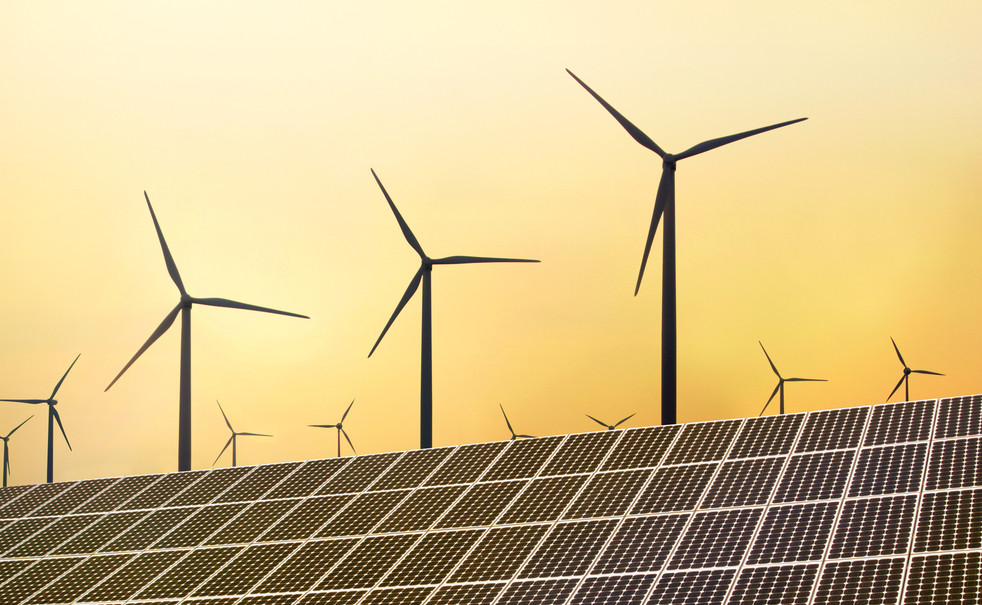As this current tax year comes to an end in the UK, one of the biggest changes to the way we invest in renewable energy is due to fully kick in. The green energy tax breaks clock is ticking down over the next couple of months. From April 6 2015, the tax incentives to invest in solar, wind, hydro and bio-fuel projects – that have proven so effective at driving development in the UK renewables sector – are going to disappear. In fact (for solar and wind) many stopped last July, but more are on the way.
Taken in isolation, this could spark turbulent times for the industry, but when you also consider the growing political pressure to reduce clean energy subsidies (read more about that here) it means the coming tax year might just be remembered as major shift in the economics of clean energy investments.
This story really began in March last year, when the Chancellor George Osborne abolished a key tax break in the spring Budget. It wasn’t particularly big news at the time, at first glance an fairly bland announcement that EIS / SEIS tax breaks would no longer be available for investments in companies benefitting from the renewables obligation certificate (ROC) scheme or the renewable heat incentive (RHI).
Of these two the ROC is the most significant. They’re certificates awarded to clean energy generators, tradable to electricity suppliers which are in turn used by the suppliers to meet their government-set targets for using cleaner power sources. If they don’t meet their targets, they are penalised by buying out their ROC shortfall through the regulator Ofgem at higher than market prices. It’s a penalty cost for not being green enough. RHIs are similar but represent a smaller share of the energy certificate market.
The reason this change is so important is because it’s ending what the government sees as a ‘double dip’ payout for investors in green energy. Various schemes devised to reform the UK’s electricity market – ROCs, RHIs, CfD (contracts for difference, a kind of derivative financial product that deliver fixed returns to the generator and variable returns for the supplier who buys it) and RPI index linked Feed in Tariffs (FiT) for smaller energy generators – are all forms of indirect subsidies.
They’re considered indirect subsidies because although it appears as though the marketplace governs the system, it is an artificial market created by government policy. It’s a market that indirectly passes the cost of supporting green energy onto the suppliers and consumers, almost like consumers and suppliers being taxed directly and the government passing the revenue onto energy generators via a traditional direct subsidy scheme. It’s worked very effectively too.
The current political climate in the UK sees that kind of indirect subsidy as enough of a support mechanism for renewable energy generators without also offering their investors special tax relief provided by Enterprise Investment Schemes (EIS), Seed Enterprise Investment Schemes (SEIS) and Venture Capital Trusts (VCTs). Regardless of where you stand on that point of principle, one thing is unarguable. From an investor’s perspective, the money they put into renewable energy generators isn’t going to make the same kind of return it has done in previous years.
In fact UK renewable energy investments look a lot less attractive after April 6th, which will mark the first full year of the tax-break-free regulations for investments. Which will probably means less of it will happen in the coming years. In all likelihood this will slow the strong growth of the UK’s green energy generation sector to a crawl. Which is bad news for the industry and arguably even worse news for the environment as more indirect subsidies and tax breaks loom on the horizon for traditional fossil fuel and nuclear power projects.
But it’s not all doom and gloom, despite the way it looks right now. In part 2 of this post, we’ll consider the upside (yes, there is one). It turns out every cloud has a silver lining, or in this case, the chance of making the lining more silvery by reducing the amount of carbon in it…
